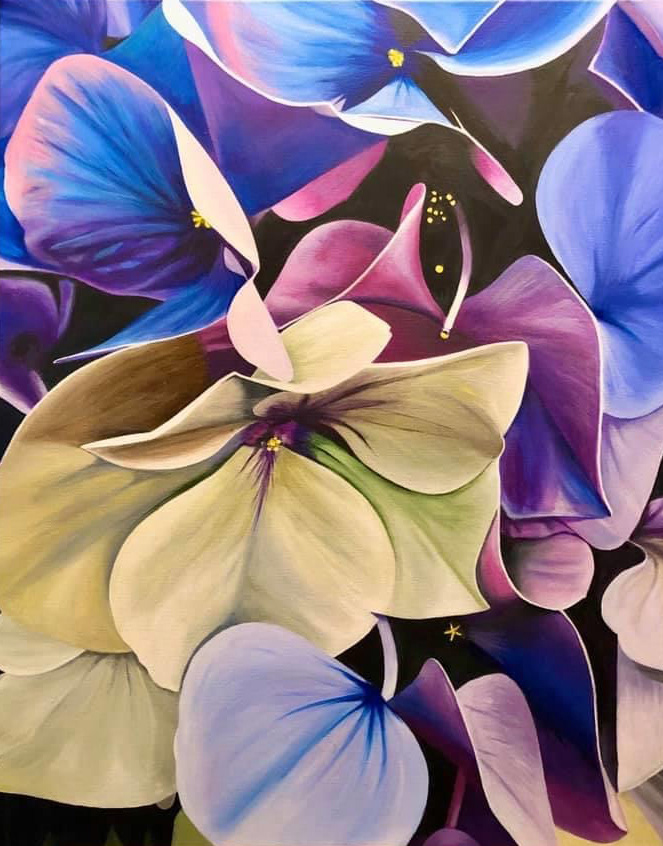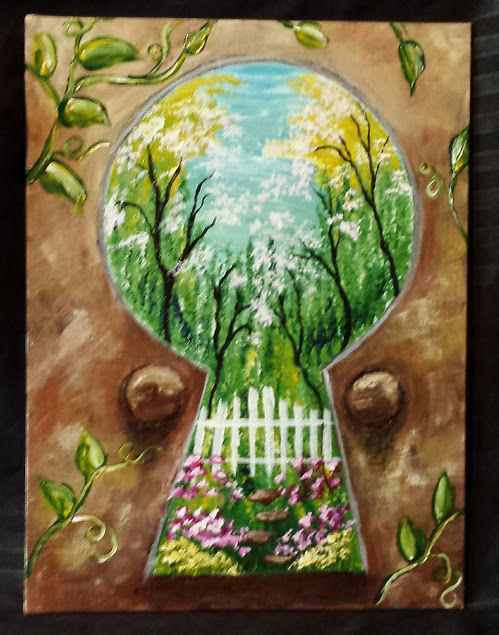Learning Objectives:
• Use one's imagination to make creative decisions
• Apply the technical skills learnt in previous lessons to produce a unique, personal final response
• Use one's imagination to make creative decisions
• Apply the technical skills learnt in previous lessons to produce a unique, personal final response
What you will need:
Whatever media you have available to you at home, such as pencils, colouring pencils, watercolour, acrylic, oils, oil pastels, chalk pastels, or charcoal. You may also use mixed media (a mixture of different media).
Please do not use: felt tip pens, highlighters or glitter.
Your Task:
Working from your own object or photos you have taken, produce a natural form painting, considering the 6 tips below.
You have four lessons to complete this. Today you are doing the outlines. You each have different art supplies at home and I do not wish to prevent you from using them, so for this assignment you can choose what media to use to create your own, personal response to the theme of nature (not including animals).
1. Decide what will be the subject of your painting (what will you paint from nature?)
2. Decide what media you will use, e.g. colouring pencils or paint
3. Decide what style you will paint in
4. Gather photos to work from (ideally taken by you for the top marks)
5. Plan your composition (how will you arrange the objects in your painting?
6. Start sketching your rough outlines (you will add colour next lesson)
2. Decide what media you will use, e.g. colouring pencils or paint
3. Decide what style you will paint in
4. Gather photos to work from (ideally taken by you for the top marks)
5. Plan your composition (how will you arrange the objects in your painting?
6. Start sketching your rough outlines (you will add colour next lesson)
Below are some drawings and paintings to inspire you. You may take ideas, but please don't copy them!
What size?
As big as you dare to go! (Minimum A4)
Paper, canvas or other?
Anything goes, but if you are using paint, you will want your paper to be thicker than ordinary printer paper. If you have a canvas that you would like to use, go for it! If you want to use something more unusual, like a piece of wood or cardboard, then that's great too.
Inspiration (for ideas, not for copying):
You may also get some good ideas on Pinterest or Google Images.












(click on an image to enlarge it)
Stretch & Challenge extension task:
Ready to challenge yourself? Here are some tips for achieving really amazing pieces:
• Take a really close-up photo of an object so that you can include loads of detail
• Work to a really big scale so you can make an impact
• Use a wide range of colours
• Paint on an unusual surface, e.g. a rock, a piece of wood, glass, slate, etc.
• Collage several paintings together to create a really big, impressive final piece
• Work to a really big scale so you can make an impact
• Use a wide range of colours
• Paint on an unusual surface, e.g. a rock, a piece of wood, glass, slate, etc.
• Collage several paintings together to create a really big, impressive final piece
Evaluation:
• Which elements of your painting do you feel most confident about?
• Are you challenging yourself enough/too much?
• Do you need to practise any part of your painting in your sketchbook before you start the real thing?
• Do you have all the materials you need to paint this next lesson?
• Are you challenging yourself enough/too much?
• Do you need to practise any part of your painting in your sketchbook before you start the real thing?
• Do you have all the materials you need to paint this next lesson?
At the end of this lesson, please email your work so far, so that you can receive feedback before you add colour next lesson.
Examples of previous students' work:
What do you think has gone well and what could have been improved?



